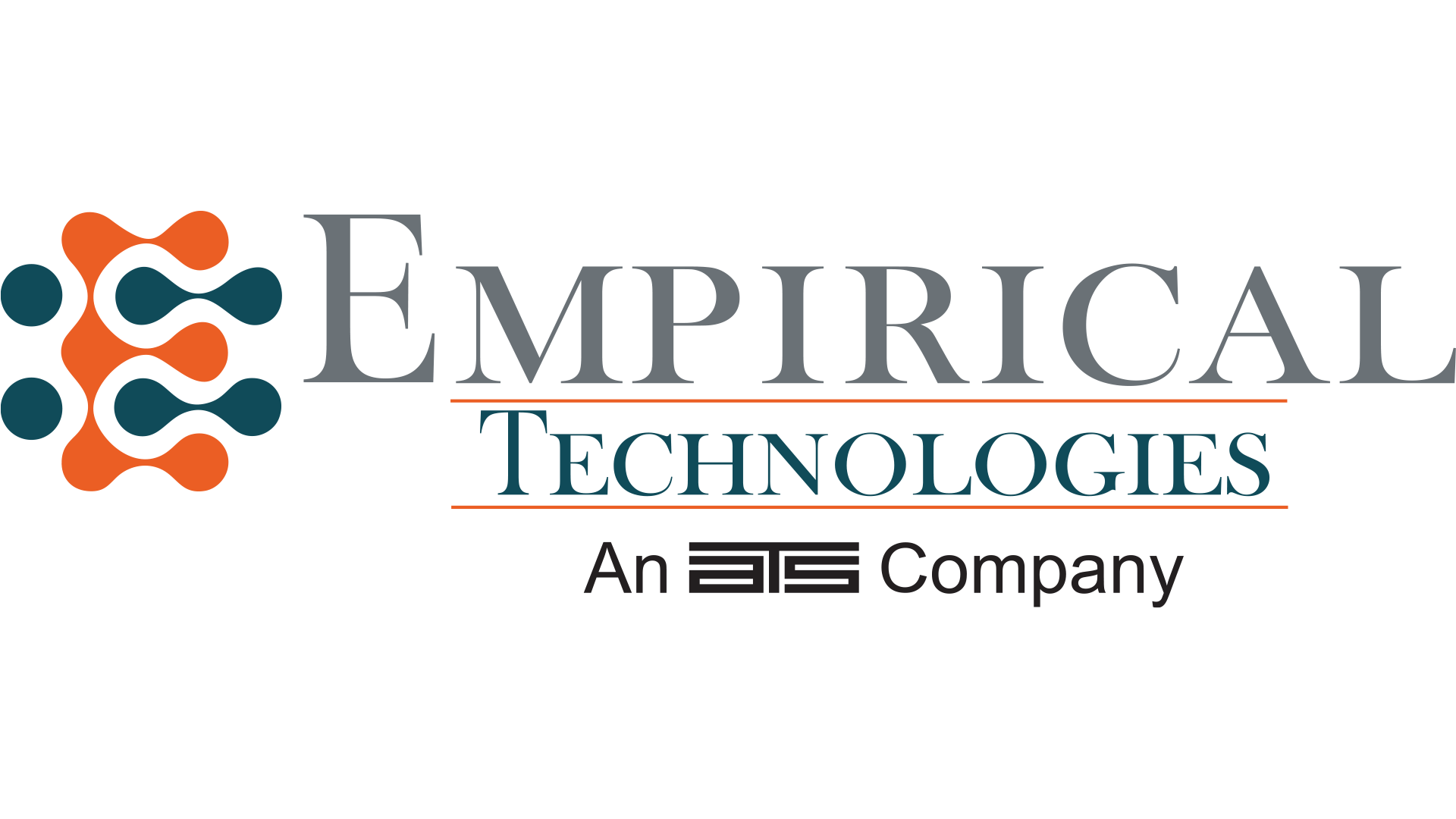In 2019, I had to take a long, hard look at both my businesses and my industry to find balance and a way forward through the ripple effects of big changes.
I appreciate the fresh start of a bold new January every year, but I’m particularly happy to have 2019 behind me. Each year brings its challenges and triumphs, but this year seemed particularly rough.
It was a year when I had to take a long, hard look at both my businesses and my industry to find balance and a way forward through the ripple effects of big changes. It was a time of recalibration for the Empirical family of companies and the global medical device industry.
A combination of factors came to a head. Many of our clients directed resources to administrative efforts to prepare for the new demands of the European Union Medical Device Regulation. Although the regulations don’t go into effect until May 26, there’s a heavy lift of paperwork for existing products to meet the requirements of this new program. Without the proper documentation, clients could lose the European market for their existing technologies.
That meant fewer bodies devoted to getting new products to market and fewer resources devoted to research and development. For the most part, these documents can’t be outsourced because they require an in-depth knowledge of company processes and device specifics.
That drift from product development also led to clients canceling manufacturing orders, which prompted manufacturers to seek steadier streams of business outside of medtech. This also affected the supply chain for devices in production; some companies were scrambling for product because of departing manufacturers (or acquisitions, which happened in this space as well), which delayed finished product to market.
There were also a lot of mergers and acquisitions in 2019. Stryker bought K2M and Wright. Kyocera acquired Renovis Surgical Technologies. Over a dozen companies changed who they are and who they own in the orthopedic space in 2019. This shakes things up in terms of talent and products. In the wake of such changes in industry leaders, there’s typically a slowdown as processes and people come together to move forward under new management with different goals and technology. This is yet another factor that could affect our supply of devices and, eventually, patient outcomes.
My businesses also went through some changes. We combined our mechanical testing branch (Empirical Testing Corp.), our small-batch manufacturing/prototyping company (Empirical Machine), and consulting (Empirical Consulting) into a single company, Empirical Technologies Corp. We’re one of many small companies working our way through these challenges. We also had about 10 positions change in a workforce of 25, so I consider our family of companies a microcosm of how the industry as a whole is working its way through far-reaching shifts.
I can’t speak for the entire medical device community, but I can tell you this has not been fun. I’ve learned a lot, but the lessons were hard and, at times, painful. Thanks to a core team (including consultants) that understands our companies, goals, and challenges, we were able to turn 2019 into a year of adjustments and adaptations that led to a strong final quarter and set us up for a better 2020.
Our recalibration is ongoing. Based on both lessons in the field and tips we picked up from the Entrepreneurial Operating System, we’ve evolved our business approach to harken back to our engineering backgrounds. We see our company as a design in progress that’s never quite perfect and always open to improvement. Much like on our mechanical testing side of the house, we ask lots of questions, push limits, and sometimes break things as we continue to work toward optimal performance.
Questions that benefitted my team and clients were:
“Do you have the right people doing the right job?”
We looked at our one-year, three-year, and 10-year goals and realized we needed to make some changes in our talent structure to get where we wanted to go. We had some deep conversations about those goals, what it would take to get there, and how our company would have to change to make that happen. Not everyone shared our vision. Not everyone was in the right position. We added, subtracted, and shifted roles to better align with those goals.
“Do you have the right product/service?”
An honest assessment of what you sell is crucial. If you know “the box” your offering fits in, you can find ways to expand that box. Our companies exist to get medical devices to market. We don’t sell a single service or piece of technology, we sell our expertise. We launched an in-depth critical analysis of what we’re good at, and what we’re not. Through that, we found some new opportunities to grow our business.
“Do you focus on maintaining and strengthening the right relationships?”
Business is built on relationships—clients, suppliers, employees, regulatory bodies, end-users—everything ultimately comes back to a human being. Each of us has a different chain of relationships that supports our success or can sabotage us into failure. Understanding the state of those crucial connections will enable you to prevent misunderstandings and capitalize on opportunities. And e-mails just don’t cut it. When you have good news to share or even more importantly, difficult topics to broach, pick up the phone or show up in person. Tone of voice and eye contact can make or break relationships.
I had several of these uncomfortable discussions with clients as we reshaped our workforce and regrouped our companies into a single entity. Thanks to the effort we’ve put into building and maintaining these relationships over the course of our 20-year history, we were able to work through the initial trepidation some clients voiced to answer questions, give deeper context, and solidify those connections. Some of these conversations started with them asking, “What are you thinking?” but ended with, “OK, that makes sense. It must’ve been tough, but congratulations on your growth.”
I also recommend following and participating in bigger conversations within the industry and taking advantage of the chance to forge new ties at key events. The March 24 Orthopedics Town Hall at this year’s American Academy of Orthopedic Surgeons (AAOS) annual meeting is the first gathering of regulatory representatives, medical professionals, device manufacturers, and other key industry stakeholders.
“Do you have the right expectations?”
I used to be a quasi-perfectionist. However, both owning small businesses and parenting have evolved me into a pragmatic perfectionist. I’ve had to hit some limits and burn myself out to face some harsh truths about where I can effect change and where I have to surrender. Now I apply the 90/10 rule: If I achieve 90 percent of what I set out to do, I give myself a break over that last 10 percent. I have accepted that both personally and professionally, I’m never going to hit 100 percent.
That’s probably the most poignant and difficult lesson to learn, but it’s also the most significant. Take a deep breath, let that 10 percent go, and embrace the start of a new decade.
We’ve got this.

Dawn Lissy is a biomedical engineer, entrepreneur, and innovator. Since 1998, Empirical Technologies Corp. has operated under Lissy’s direction. Empirical offers the full range of regulatory and quality systems consulting, testing, small batch and prototype manufacturing, and validations services to bring a medical device to market. Empirical is very active within standards development organization ASTM International and has one of the widest scopes of test methods of any accredited independent lab in the United States. Because Lissy was a member of the U.S. Food and Drug Administration’s Entrepreneur-in-Residence program, she has first-hand, in-depth knowledge of the regulatory landscape. Lissy holds an inventor patent for the Stackable Cage System for corpectomy and vertebrectomy. Her M.S. in biomedical engineering is from The University of Akron, Ohio.

